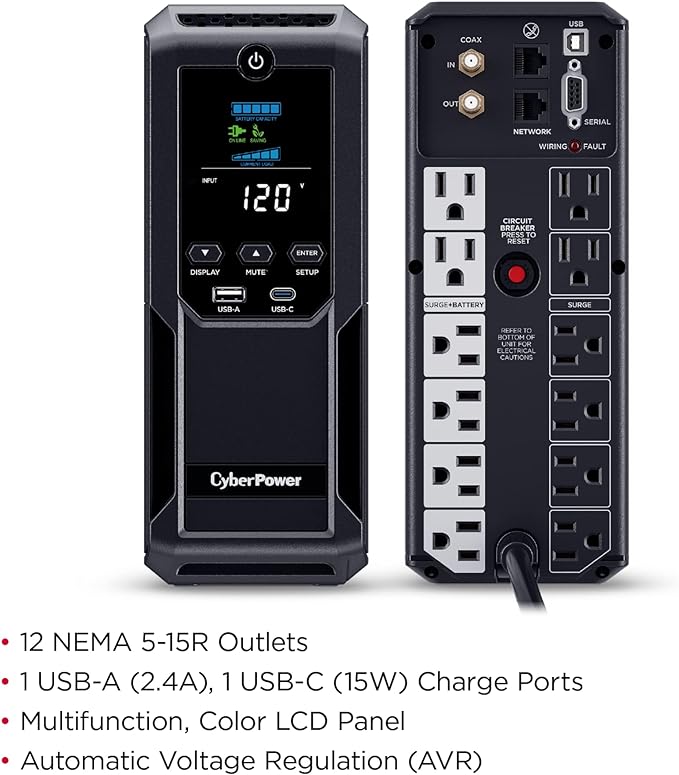Classification of Common UPS Batteries and Introduction to Their Characteristics
- Open Liquid Lead-Acid Batteries
Open liquid lead-acid batteries are categorized based on their structure into two lifespan ranges: 8-10 years and 15-20 years. Due to the corrosive gases produced from sulfuric acid electrolysis, these batteries must be installed in a ventilated room, away from sensitive electronic equipment. The battery room should be equipped with anti-corrosion tiles to prevent damage.
Because of the evaporation of electrolyte, regular maintenance is required. This includes measuring the specific gravity of the electrolyte and adding acid and water as needed. These batteries can withstand high temperatures, high pressure, and deep discharge cycles. The battery room should be non-smoking, and open battery racks are recommended for installation.
It is important to note that these batteries cannot be transported after being charged, so they must be charged after installation on-site. The initial charge typically takes 55-90 hours. The normal voltage of each cell is 2V, with an initial charging voltage between 2.6V and 2.7V.
- Nickel-Chromium Batteries
Nickel-chromium batteries differ from lead-acid batteries in that they produce hydrogen and oxygen during electrolysis instead of corrosive gases, making them safe to install near electronic equipment. These batteries have a low water consumption, requiring little to no maintenance. Their typical lifespan ranges from 20 to 25 years. However, they are significantly more expensive, with initial installation costs being about three times higher than lead-acid batteries.
These batteries are not affected by high ambient temperatures and do not lose capacity in low temperatures. The voltage of each cell is typically 1.2V, and the UPS system needs to be designed with a higher charger voltage when using these batteries.
- Maintenance-Free Batteries
Also known as valve-regulated sealed lead-acid batteries, maintenance-free batteries have structural advantages that result in very low electrolyte consumption, meaning there is typically no need to add distilled water throughout their lifespan. They also have features such as shock resistance, high-temperature resistance, small size, and low self-discharge. Their service life is generally twice that of standard batteries.
There are two types of maintenance-free batteries available in the market:
- The first type requires no maintenance after a one-time electrolyte addition at the time of purchase.
- The second type comes pre-filled with electrolyte and sealed at the factory, with no option for the user to add any additional liquid.
Because these batteries use lead-calcium alloy grids, the amount of water decomposed during charging is minimal, resulting in low water evaporation. Compared to traditional batteries, they offer advantages such as no need for electrolyte refills, less corrosion to terminals and wiring, a high tolerance for overcharging, a large starting current, and long energy storage.
Maintenance-free batteries generate only a small amount of gas under normal charging voltages, which gives them strong overcharge resistance and low internal resistance. They also perform well in low temperatures, offering superior starting capabilities compared to conventional batteries. Since there is no need to add distilled water during their usage, the only maintenance required is checking the specific gravity of the electrolyte.
Many maintenance-free batteries come equipped with a built-in hydrometer that indicates the battery’s status by changing color based on the electrolyte’s specific gravity. The indicator displays the following:
- Green: The battery is fully charged and functioning normally.
- Black or Few Green Dots: The battery needs to be charged.
- Light Yellow: The battery is malfunctioning and requires repair or replacement.

